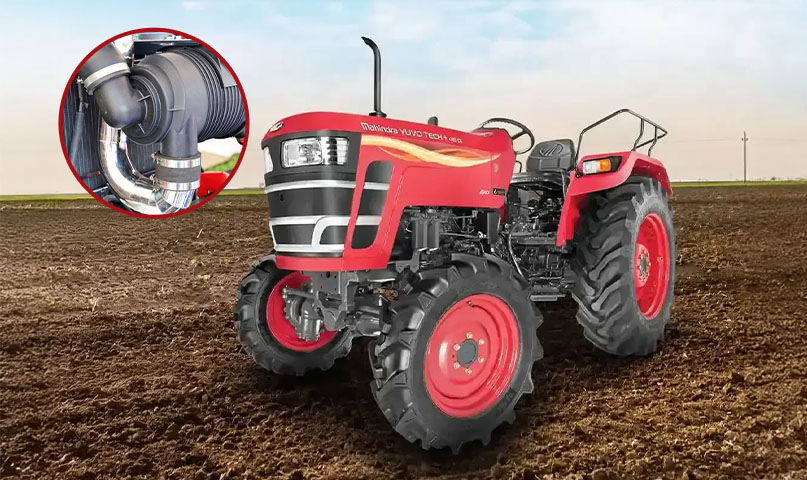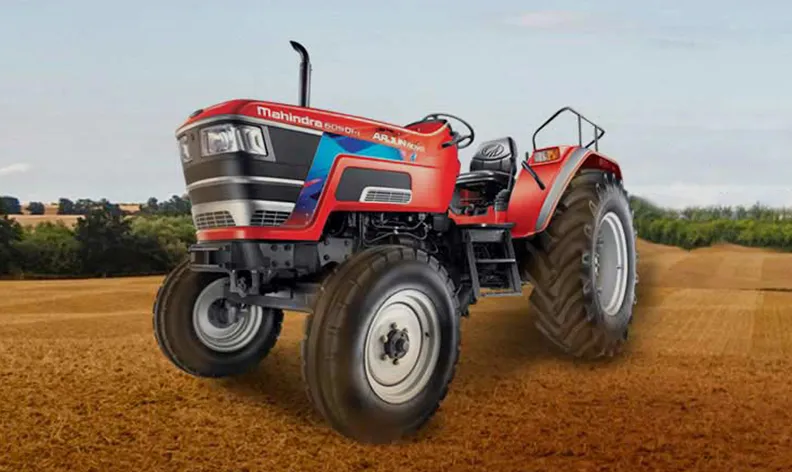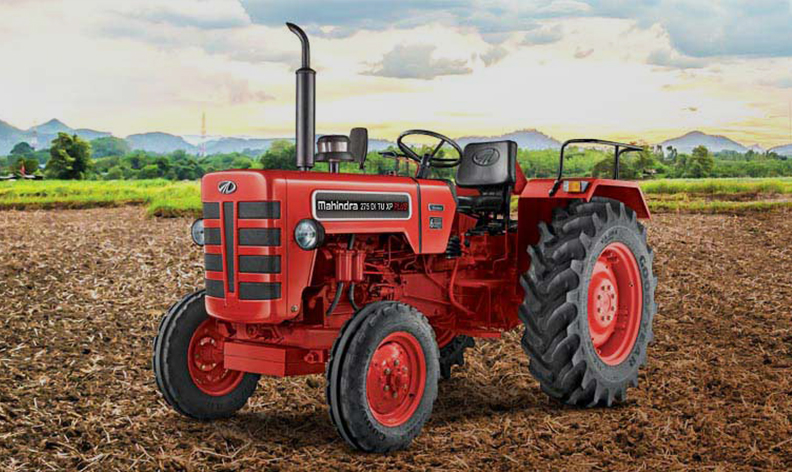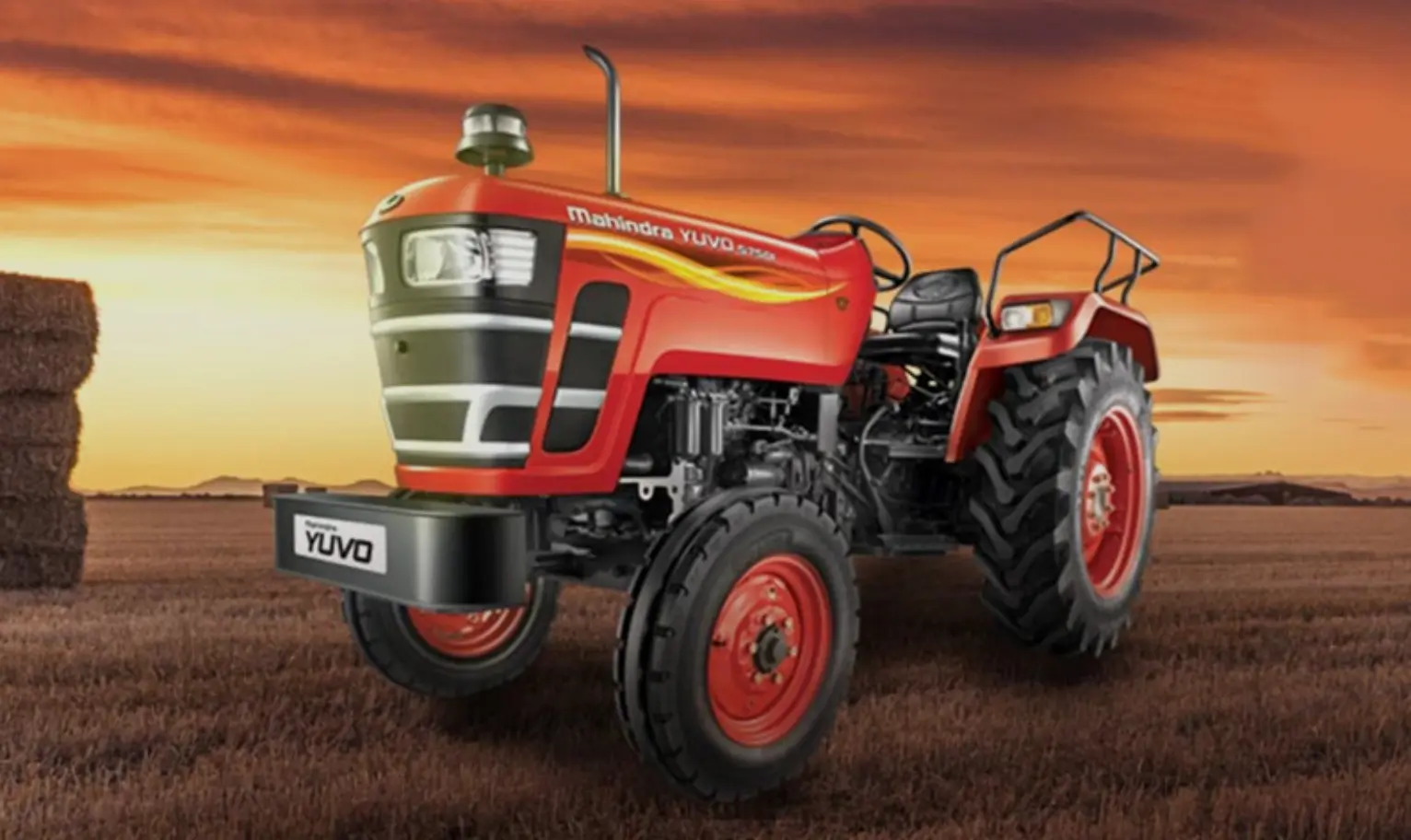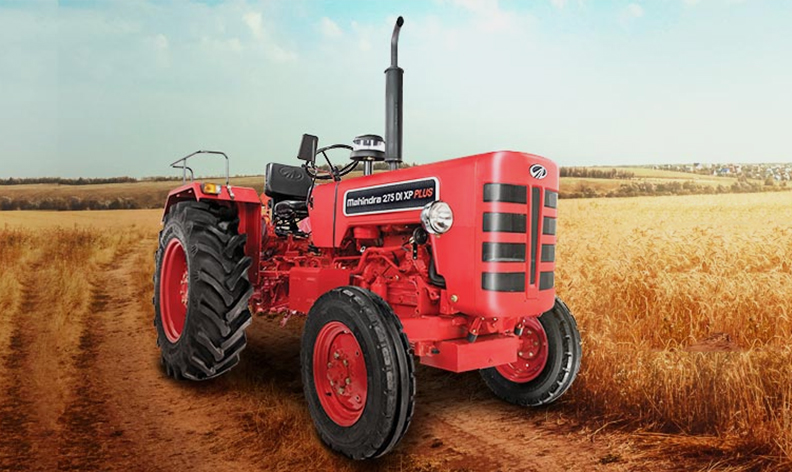Tips for Cleaning and Maintaining Your Farm Tractor | Mahindra Tractor
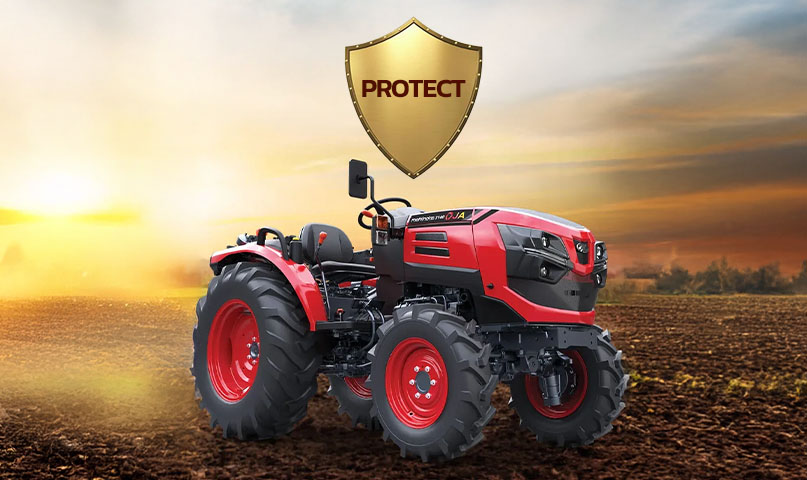
A farm tractor is one of the most important investments for any agricultural operation. To ensure it remains efficient, reliable, and safe to operate, regular cleaning and maintenance are essential. If your tractor stays fit, so will your farming income. Here’s a comprehensive guide to help you keep your tractor in top condition.
1. Establish a Regular Cleaning Routine
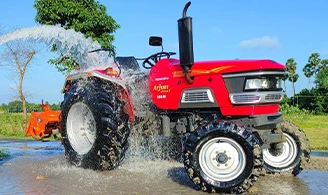
Exterior wash
- Frequency: Clean your tractor after every use, especially after working in muddy or dusty conditions.
- Method: Use a pressure washer or hose to remove dirt and debris. Pay special attention to the wheels, undercarriage, and engine compartment. Avoid using high pressure directly on sensitive components.
Engine compartment
- Cleaning: Remove grease and dirt from the engine area using a soft brush and cloth. Avoid water contact with electrical parts.
- Safety First: Always ensure the engine is cool before cleaning.
2. Monitor fluid levels
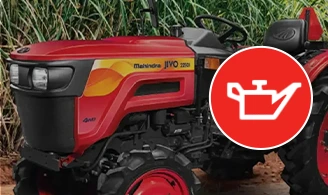
Engine oil
- Regular checks: Check the oil level regularly using the dipstick. Change the oil as per the manufacturer’s recommendations, usually every 100-200 hours of operation.
- Oil quality: Use the appropriate oil type specified in the owner’s manual.
Coolant and other fluids
- Coolant level: Monitor and maintain the coolant level to prevent overheating. Flush and replace it according to the manufacturer’s schedule.
- Hydraulic fluid: Regularly check hydraulic fluid levels to ensure optimal operation of hydraulic systems.
3. Inspect and replace filters
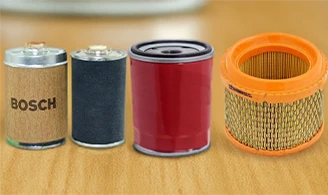
Air and fuel filters
- Air filter: Clean or replace it regularly to ensure efficient airflow to the engine. A clean filter can enhance fuel efficiency.
- Fuel filter: Check and replace the fuel filter periodically to prevent clogging and ensure smooth fuel flow.
4. Maintain the tyres
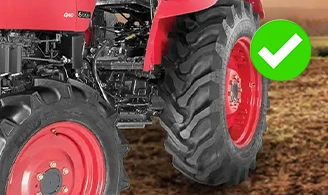
- Pressure checks: Regularly inspect tyre pressure before use. Proper inflation improves traction and fuel efficiency.
- Tread inspection: Examine tyre tread for wear and replace tires that show significant damage.
5. Lubricate moving parts

Grease points
- Lubrication schedule: Regularly lubricate all moving parts, including joints and pivot points, using the recommended grease.
- Tools: Use a grease gun and refer to the owner’s manual for specific lubrication points.
6. Battery care

Battery inspection
- Clean terminals: Keep battery terminals clean and free of corrosion. Use a mixture of baking soda and water to clean them.
- Check connections: Ensure that all connections are tight and secure to prevent electrical issues.
7. Examine belts and hoses
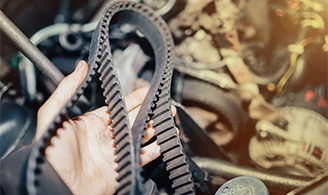
Inspection
- Visual checks: Regularly inspect belts and hoses for wear, cracks, or leaks.
- Replacement: Replace any worn or damaged belts and hoses promptly to avoid breakdowns.
8. Proper parking

- Protect from elements: Whenever possible, park the tractor indoor to protect it from weather conditions that can cause rust and damage.
- Covering: If storing outdoors, use a weather-resistant cover to shield it from rain and sun.
9. Follow manufacturer guidelines
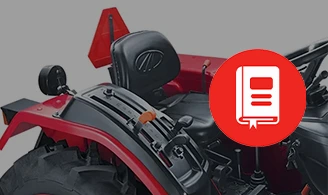
Owner’s manual
- Maintenance schedule: Adhere to the maintenance schedule outlined in the owner’s manual. This includes recommended intervals for oil changes, filter replacements, and inspections.
- Use genuine parts: Whenever replacements are necessary, use genuine parts or those recommended by the manufacturer.
Conclusion
Regular cleaning and maintenance of your farm tractor are crucial for ensuring its optimal performance and longevity. By following these tips, you can keep your tractor in excellent condition, reduce the risk of unexpected breakdowns, and maximize productivity on your farm. A well-maintained tractor not only serves you better but also enhances the efficiency of your agricultural operations. Invest the time in maintenance now, and it will pay off in the long run.






